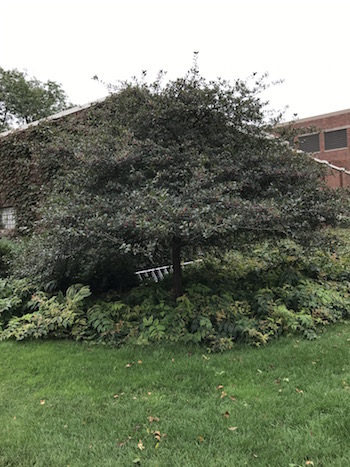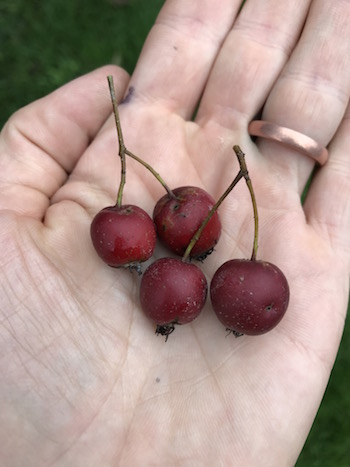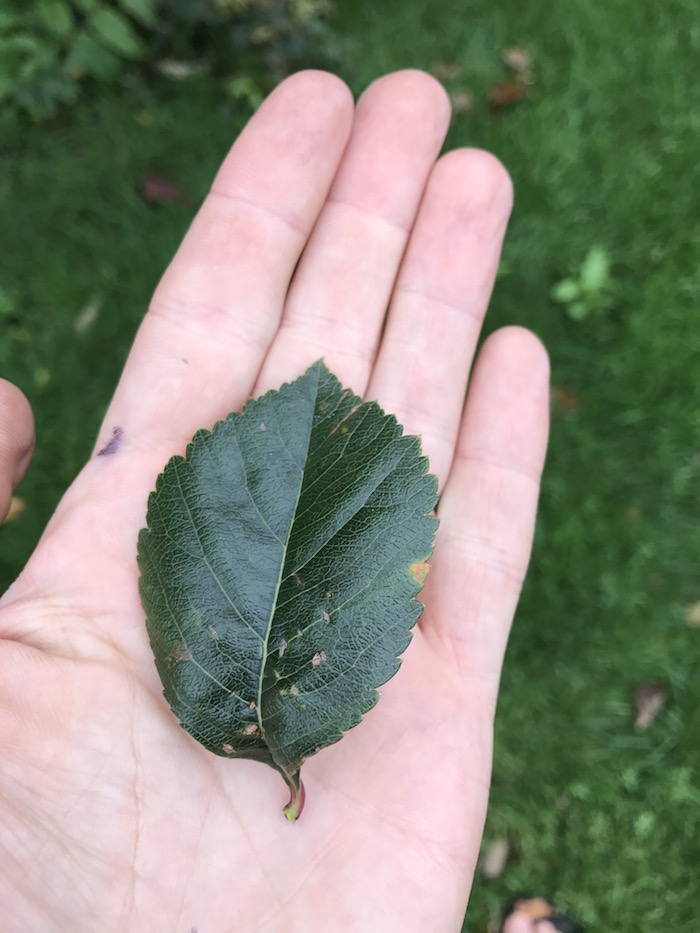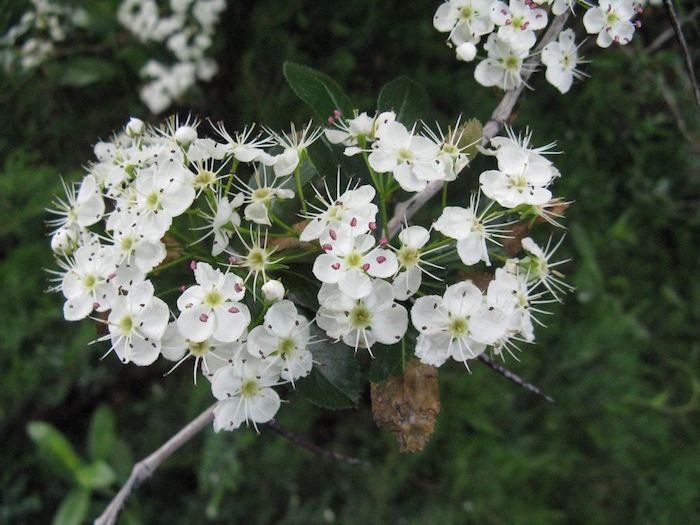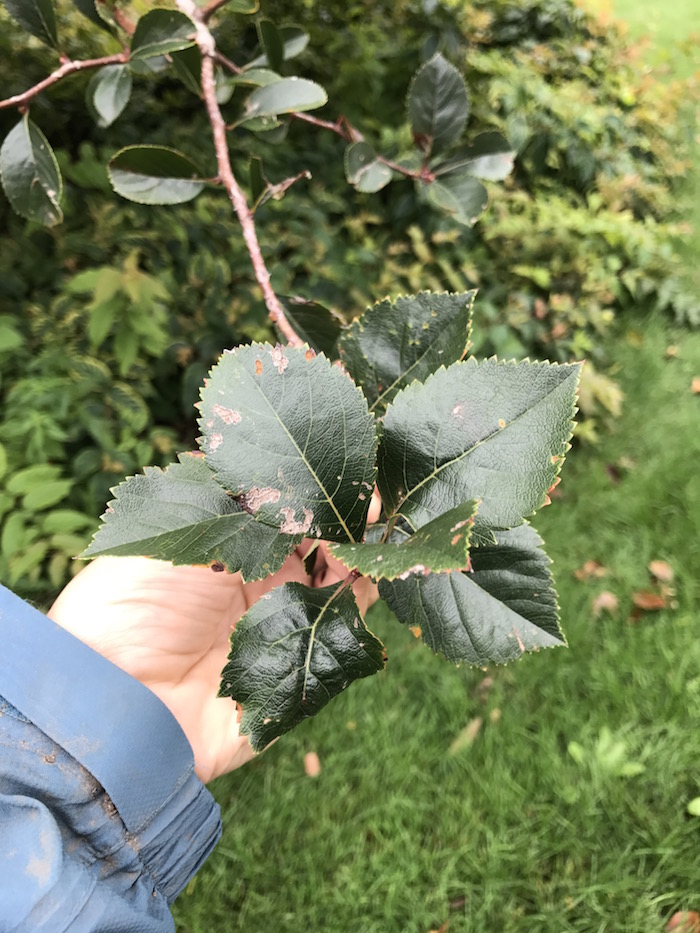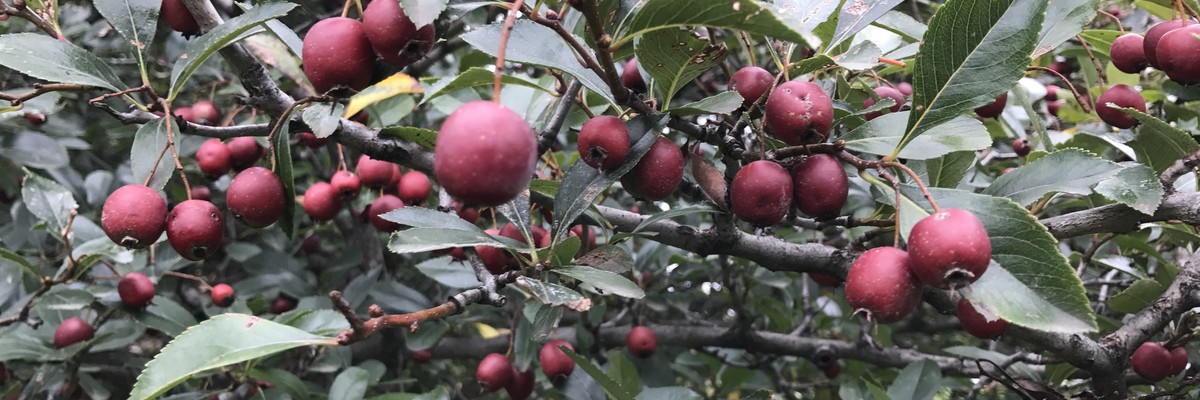
Description:
Cockspur Hawthorn is a dense, low-growing small tree known for its large thorns and pleasant flowers. The leaves are thick and leathery, alternate, and dark green. They are usually 3” long and widest at the middle or base. Flowers are white or reddish and emerge in clusters. The flowers develop into red or green round fruits in late spring. The bark is rough with numerous, large thorns, up to 3” long.
Cockspur hawthorn’s name comes from the supposed resembles of the thorny branches to a rooster’s leg and spur. Not all cockspur hawthorns have thorns however; this particular tree is a cultivated variety, var. inermis, which has been bred to be thornless. It is a more popular tree in cultivated landscapes. Hawthorn flowers can resemble those of spirea, but emit an odor that many find unpleasant. The fruit itself is known as ‘haw.’
Issues:
Cockspur hawthorn is susceptible to many of the diseases of the Rosaceae, such as cedar-hawthorn rust, fireblight, apple scab, leaf miners, and aphids.
Other Resources:
Photo Credit: Public Domain

